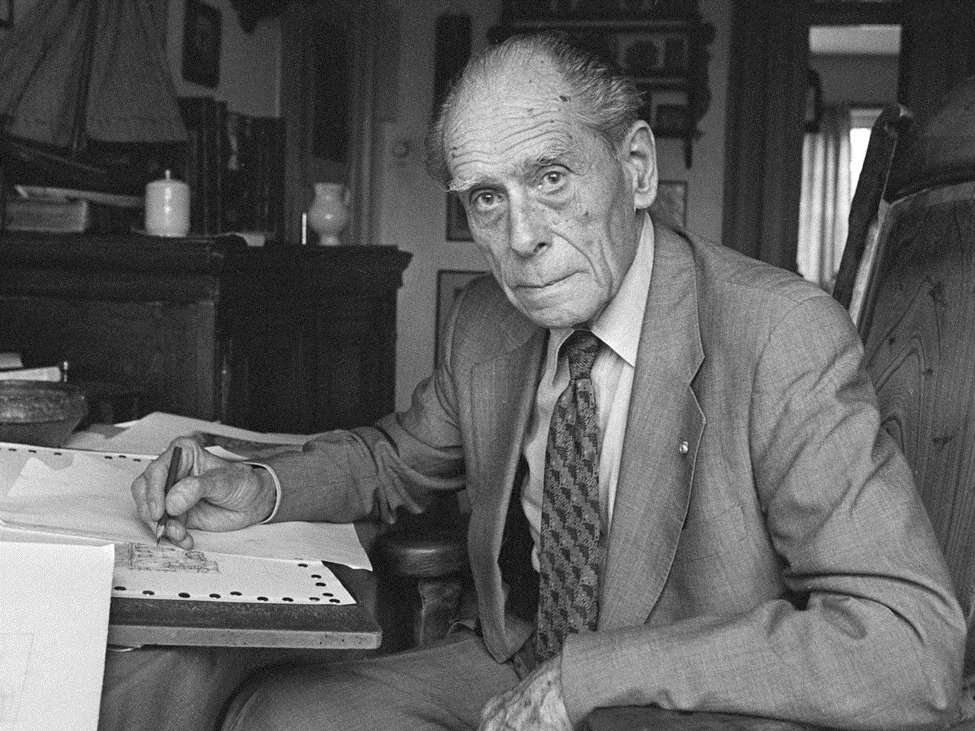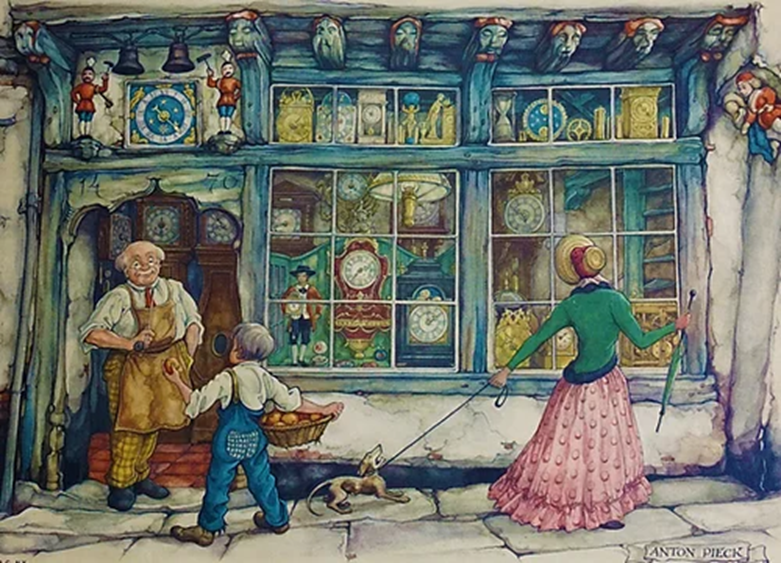The illustrator who created a town!
Anton Franciscus Pieck was born on April 19, 1895, in Den Helder a province North Holland. From a young age Anton showed talent as an artist. Early in his life, Pieck would show a talent for art, and would take a liking towards the art of the past and fairytales. He would study art at the Royal Academy of Fine Arts in Hague, Netherlands. After graduating he would teach art until 1914 with the outbreak of World War 1.

While the Netherlands would remain neutral throughout the conflict, the nation mobilized in the event of war being declared. And though the Netherlands never entered the war, they maintained policy of armed neutrality throughout the war, leaving their army mobilized through the duration of the war. Pieck was one of the 200,000 men conscripted into military service. During his uneventful time in the service, Pieck would be transferred to the Hauge where, in his spare time, he would give drawing lessons to other soldiers.
During the interwar period, Pieck would return to teaching. Throughout the decade, Pieck would further develop the Dickensian art style which he would become famous for. During this time, Pieck struck up a friendship with author Felix Timmermans, and Pieck would later add illustrations to Timmermans signature novel Pallieter. From 1925 to 1939, Pieck would collaborate with the magazine Sunshine, which was marketed towards children and young adults, where he created illustrations of folk tales from different countries.

With the outbreak of the second World War, the Netherlands would be occupied by Germany, but this did little to slow Pieck’s work. By 1940 Pieck’s works were already known for his yearly Christmas illustrations for calendars and cards. And during the war he would release his picture books of Arabian Nights and The Tales of the Brothers Grimm.
In 1951, Mayor Van der Heijden was looking for a way to make Efteling Nature Park more attractive to tourists. The mayor would turn to his son-in-law, the filmmaker Petrus Reijnders for help. Reijnders, who had already developed a love of fairy-tails, knew exactly the man for the job – Anton Pieck. But that was easier said than done, as Pieck was at first hesitant towards the collaboration, believing that his designs would be nothing more than cardboard sets. He was only convinced to join when Reijnders promised to use his skills as a filmmaker to bring Pieck’s creations to life.

Over the next 2 years, Pieck would create 1,500 sketches and drawings, from the houses down to the trashcans, all would have some of Pieck’s influence. But Pieck didn’t just stop at providing sketches and drawings. During the creation of Efteling, Pieck made sure that park would meet his high standards; ensuring that no cheap materials were used in its creations. On May 31, 1952, the park was opened to the public, and by the end of year the park had welcomed over 250,000 visitors.
In 1960, Pieck would retire from teaching. In the following years he would continue, on
occasion, to contribute to Efteling, but he would focus on other projects. In 1972, he would design the building for Autotron in Drunen – a collection of older cars. Though Pieck wasn’t a fan of cars, he enjoyed the designing the building in his unique style. In 1984, Pieck was present for the opening of the Anton Pieck Museum in Hattem, Netherlands which houses a large collection of Pieck’s work. Pieck would continue working until he died at age of 92 in 1987. To this day Pieck’s legacy remains strong, his books are still being published to this day. Efteling park celebrated its 65th anniversary in 2017 and still receives thousands of visitors every year.
Check out ContreLeMur's Pieck print to add a dash of European Fairy Tale chic to your walls! Upgrade your walls with us!
#ContreLeMur #ContreLemurart #CLMart #CliffordsPicks #AntonPieck #DutchArtist #Fairytale # Efteling #Autotron #illustrator #BrothersGrimm #Netherlands
_edited.png)
Commentaires